As part of a project I'm trying to prevent WiFi transmission of frequency 2.4 GHz from reaching a Raspberry Pi via a Faraday cage.
Would a 20 micron aluminum foil do the job?
As part of a project I'm trying to prevent WiFi transmission of frequency 2.4 GHz from reaching a Raspberry Pi via a Faraday cage.
Would a 20 micron aluminum foil do the job?
You need to avoid seams, unless you have lots of foil-to-foil overlap that creates lots of foil-to-foil capacitance. [ There is a new example at the end of this answer, analyzing the needed overlap area. ]
The thickness of 20microns means Fskin_depth of 6MHz. At 2,000MHz you'll have massive attenuation if the RF tries to penetrate the foil.
But seams (gaps) are like slotted antennas. You need the slots to be << a wavelength, and have the shield several wavelengths larger than the raspberry PI. If the PI is near a slot, RF will strongly couple onto the PI's PCB.
The following answer gives other details.
Why are many IR receivers in metal cages?
At the seams, have lots of overlap. Like this

simulate this circuit – Schematic created using CircuitLab
How much overlap? Assume we want 1 ohm of impedance (the capacitive reactance of the overlapping foil). Since 1 PF at 1Ghz is j160 ohms, then at 2.4Ghz for 160 ohms we'd need 1pF/2.4 or 0.4pF. For 1 ohm impedance at 2.4GHz, we need 0.4pF * 160 or 65pF.
Can we get 65pF of capacitance, by overlapping the ends of foil? say the overlap region is 2cm by 10cm (0.8" by 4"). What is the capacitance, assuming 0.1mm spacing between the foil layers? The oxide layers will prevent OHMIC conduction, but the very thin oxide layers assist in achieving huge capacitances. Again, assume 0.1mm (100 micron) spacing.
C = Eo * Er * Area/Distance
C = 8.89e-12 farad/meter * 1 (for air) * (0.02meter * 0.1meter) / 1e-4 meter
C = 9e-12 * 0.002/0.0001 = 9 * 20 = 180 picoFarads, for 0.3 ohm reactance at the overlapping seams.